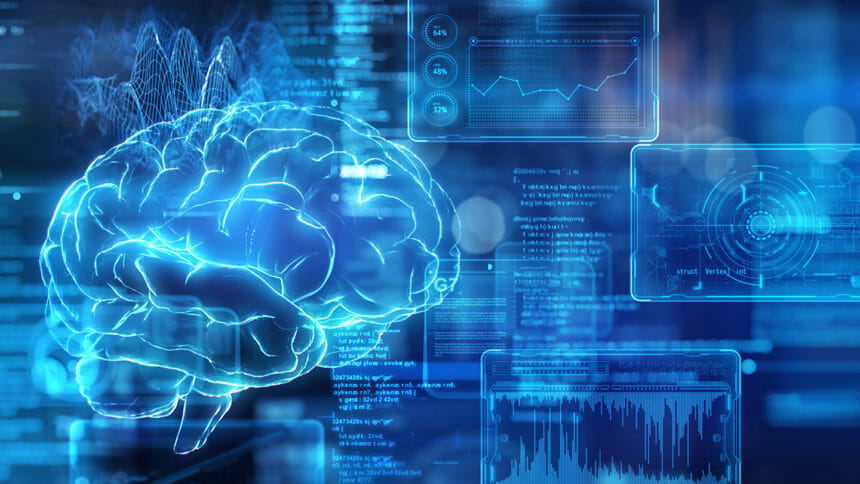
Adding to the list of tech giants incorporating artificial intelligence technology into healthcare, Microsoft and Epic recently expanded their AI electronic health record collaboration. Physician, author and professor S. Scott Graham, who uses AI and machine learning to study communication in bioscience and health policy and health AI, argues that hands-free open AI devices could lead to inaccuracies in EHRs, however. This could bring further challenges for nursing home providers.
Microsoft and Epic now are expanding their partnership to focus on combining the Azure OpenAI Service with Epic’s EHR software, the companies announced at the HIMSS conference last week. The goal of the partnership is to use generative AI to make healthcare providers more productive with less administrative burden while shifting their focus to patient care. UC San Diego Health, UW Health in Madison, Wisconsin and Stanford Health Care already are using the software.
“A good use of technology simplifies things related to workforce and workflow,” Chero Goswami, chief information officer at UW Health, said in a statement. “Integrating generative AI into some of our daily workflows will increase productivity for many of our providers, allowing them to focus on the clinical duties that truly require their attention.”
New healthcare AI tools to streamline EHRs that incorporate large language models such as GPT-4, Bard and LLaMA, are being launched by the likes of Microsoft and Google regularly. Google recently announced plans to release its medical LLM, Med-Palm 2, to a limited group of users.
Despite these exciting new technologies, long-term care administrators and other leaders must deal with potential inaccuracies to make sure patients and residents are receiving the best possible care.
Transcription errors are one such type of inaccuracy. A recent JAMIA study revealed that more than 90% of the time, ambient clinical intelligence EHR documentation was incorrect for non-lexical conversational sounds like “mm-hm,” which inaccurately conveyed clinically relevant information.
Another is alert fatigue. AI technology makes it possible to incorporate more information into EHRs, sometimes alerting care providers with low-value information that they’re tempted to ignore or override, which leads to them missing more crucial, high-value alerts.
One way healthcare organizations such as Brigham and Women’s Hospital and Vanderbilt University Medical Center have dealt with EHR alert fatigue is to conduct studies and programs to reduce the number of alerts and increase alert quality.
Although these new AI-based EHR technologies from the likes of Microsoft and Google certainly open the door for streamlining healthcare operations and reducing staff burnout, spotting and avoiding errors such as these will be key for providers in improving the care and welfare of patients, observers believe.
Read more more technology stories here.



